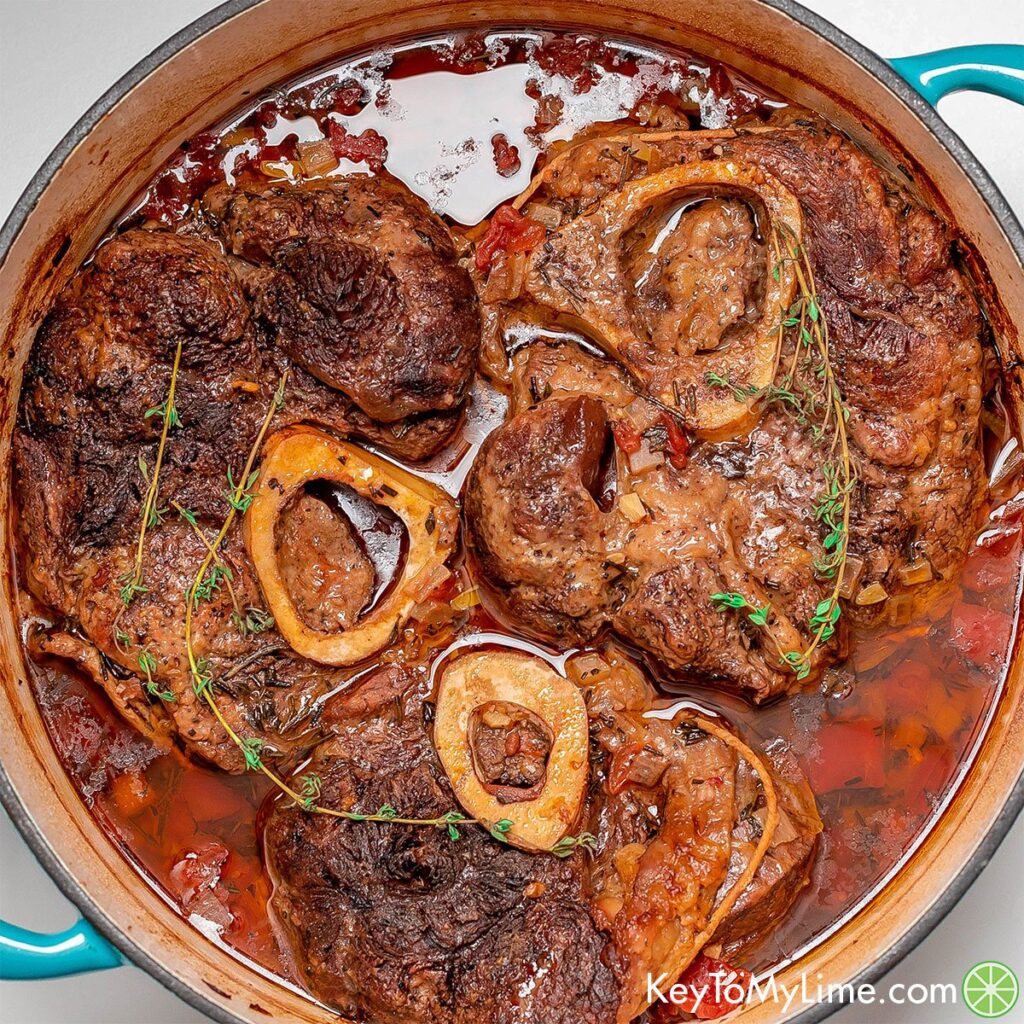Understanding Beef Shank: A Comprehensive Guide
Beef shank is a lesser-known cut of meat that comes from the leg portion of a steer or heifer. While it may not be as popular as other cuts, it offers unique flavors and textures that can enhance a variety of dishes. This article will explore what beef shank is, its characteristics, culinary uses, nutritional information, and tips for cooking it effectively.
What is Beef Shank?
The beef shank is derived from the leg of the animal, specifically the area around the tibia bone. This cut is known for its toughness due to the significant amount of connective tissue and muscle that is used for movement. Because of this, beef shank is best suited for slow cooking methods that allow the collagen in the connective tissue to break down, resulting in tender, flavorful meat.In the United Kingdom, the corresponding cuts are referred to as the “shin” (foreshank) and “leg” (hindshank). The shank is typically sold bone-in, which adds richness to the dishes it is used in, particularly when making stocks or braises.
Characteristics of Beef Shank
- Texture: Beef shank is tough and sinewy due to the constant use of the leg muscles. However, when cooked properly, it becomes tender and flavorful.
- Flavor: The flavor of beef shank is rich and beefy, making it an excellent choice for hearty dishes. The presence of marrow in the bone adds additional depth to the flavor profile.
- Appearance: The shank cut includes a large bone surrounded by meat. The meat is usually cut into thick slices, showcasing the bone and surrounding tissue.
Culinary Uses of Beef Shank
Beef shank is a versatile cut that can be used in various dishes. Here are some popular culinary applications:
- Soups and Stews: Beef shank is commonly used in soups and stews, where it can simmer for hours, allowing the flavors to meld and the meat to become tender. Dishes like beef bourguignon and osso buco highlight the qualities of this cut.
- Braised Dishes: Braising beef shank in liquid (such as broth, wine, or tomatoes) is an excellent way to break down the tough fibers and create a rich, flavorful dish. Slow-cooked beef shank can be served over pasta, rice, or with crusty bread.
- Stocks and Broths: The bones in beef shank are ideal for making stocks and broths. The marrow adds a creamy texture and depth of flavor, making it a perfect base for soups and sauces.
- Barbecue: When prepared properly, beef shank can be smoked or barbecued, resulting in a unique flavor and tender meat. The slow cooking process allows the connective tissue to break down, making it easier to pull apart.
Cooking Techniques for Beef Shank
Due to its toughness, beef shank requires specific cooking techniques to achieve the best results. Here are some recommended methods:
- Braising: This method involves searing the meat to develop a crust and then cooking it slowly in a covered pot with liquid. Braising can take several hours, but it results in tender, flavorful meat.
- Slow Cooking: Using a slow cooker is an excellent way to prepare beef shank. Simply add the meat, vegetables, and liquid, and let it cook on low for several hours.
- Pressure Cooking: A pressure cooker can significantly reduce cooking time while still achieving tender results. This method is ideal for those who want to enjoy beef shank without the long wait.
- Roasting: While not as common, beef shank can be roasted in the oven. It should be cooked at a low temperature for an extended period to ensure tenderness.
Nutritional Information
Beef shank is a nutritious cut of meat that provides several essential nutrients. Here’s a breakdown of its nutritional profile per 100 grams (cooked):
| Nutrient | Amount per 100g |
|---|---|
| Calories | 250 |
| Protein | 28g |
| Total Fat | 15g |
| Saturated Fat | 6g |
| Cholesterol | 90mg |
| Sodium | 60mg |
| Iron | 2.6mg |
| Zinc | 4.0mg |
| Vitamin B12 | 2.6µg |
Beef shank is an excellent source of protein and essential vitamins and minerals, making it a valuable addition to a balanced diet.
Popular Dishes Featuring Beef Shank
Several traditional dishes utilize beef shank due to its flavor and texture. Here are some notable examples:
- Osso Buco: An Italian dish that features braised veal shank, osso buco is often served with gremolata and risotto. The marrow in the bone adds richness to the dish.
- Beef Bourguignon: A classic French stew made with beef shank, red wine, mushrooms, and onions. This dish is slow-cooked to allow the flavors to meld.
- Nihari: A popular dish in South Asian cuisine, nihari is a slow-cooked stew made with beef shank and spices, typically served with naan or rice.
- Bulalo: A Filipino beef shank soup that is simmered with vegetables and served hot. The marrow adds a delicious depth of flavor to the broth.
Tips for Cooking Beef Shank
- Season Generously: Due to its robust flavor, beef shank benefits from generous seasoning. Use herbs, spices, and aromatics to enhance the dish.
- Cook Low and Slow: The key to tender beef shank is cooking it at low temperatures for extended periods. This allows the collagen to break down and the meat to become tender.
- Use Liquid: Always cook beef shank with some form of liquid, whether it’s broth, wine, or water. This helps to keep the meat moist and infuses it with flavor.
- Let it Rest: After cooking, allow the beef shank to rest for a few minutes before slicing. This helps retain the juices and improves the overall texture.
Conclusion
Beef shank may not be the most popular cut of meat, but it offers a wealth of flavor and versatility in the kitchen. With its rich taste and ability to become tender when cooked properly, beef shank can elevate a variety of dishes. Whether you’re making a hearty stew, a flavorful broth, or a classic osso buco, this cut is worth exploring.
FAQ Section
Q1: What part of the cow does beef shank come from?A1: Beef shank comes from the leg portion of a steer or heifer, specifically around the tibia bone.
Q2: How should beef shank be cooked?A2: Beef shank is best cooked using slow methods such as braising, slow cooking, or pressure cooking to ensure tenderness.
Q3: What are some popular dishes made with beef shank?A3: Popular dishes include osso buco, beef bourguignon, nihari, and bulalo.
Q4: Is beef shank a healthy option?A4: Yes, beef shank is a good source of protein, iron, and other essential nutrients, making it a healthy addition to a balanced diet.
Q5: Can beef shank be used for making stock?A5: Absolutely! The bones in beef shank are ideal for making rich, flavorful stocks and broths due to the marrow they contain.
Additional Information
| Topic | Description |
|---|---|
| Cut Type | Leg portion of a steer or heifer |
| Cooking Methods | Braising, slow cooking, pressure cooking |
| Nutritional Benefits | High in protein, iron, and essential vitamins |
| Cultural Dishes | Osso buco, beef bourguignon, nihari, bulalo |
For more detailed information about beef shank, you can refer to the Wikipedia article.This comprehensive guide provides an in-depth look at beef shank, its culinary uses, and tips for cooking it effectively. Whether you’re a seasoned chef or a home cook, exploring this cut can lead to delicious and satisfying meals.



